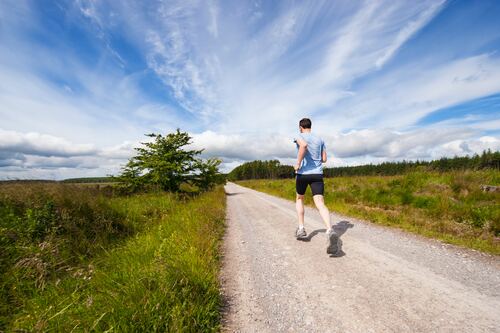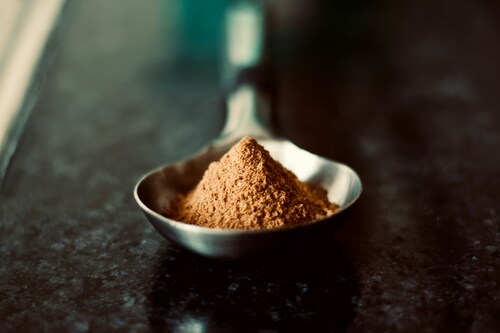Injuring the ACL, or anterior cruciate ligament, can be a significant setback, especially for those who lead active lifestyles. How can individuals recover effectively and resume normal activities? What does the rehabilitation process entail for those undergoing this recovery journey?
Knowing what to expect during ACL rehabilitation can make the experience less daunting. For those who browse “ACL rehab near me” to find the right facility, understanding the key steps in the recovery process can provide much-needed clarity. This guide outlines the essential phases of ACL recovery and what patients can anticipate at each stage.
Initial Recovery and Pain Management
The first stage of ACL recovery focuses on managing pain and reducing swelling. After surgery or injury, discomfort and inflammation are common. However, various methods can help alleviate these symptoms, including ice packs, compression, and prescribed medications.
During this period, it is crucial to prioritise rest and limit movement to protect the affected ligament. Resting helps the knee start healing, and elevating the leg can reduce swelling. Patients are often advised to avoid putting weight on the leg, which might require crutches or other support devices.
Regaining Movement and Flexibility
Once the initial pain subsides, the focus shifts to restoring movement in the knee. This stage involves gentle exercises to increase flexibility and prevent stiffness. Stretching and range-of-motion exercises play a critical role in helping the joint regain its natural movement.
Physiotherapists guide patients through controlled movements to ensure they do not overstress the ligament. Exercises at this stage often include bending and straightening the knee while seated or lying down. Gradual progress is essential, as rushing can lead to complications or re-injury.
Strengthening Surrounding Muscles
Strengthening the muscles around the knee is a fundamental part of ACL recovery. Stronger muscles provide stability, which is vital for preventing future injuries. This phase typically includes exercises for the quadriceps, hamstrings, and calf muscles.
Patients may start with simple activities like leg raises or light resistance exercises. As the knee gains strength, the intensity of these exercises can be increased. Using weights or resistance bands under professional supervision helps build muscle while maintaining proper form and safety.
Restoring Balance and Stability
Balance exercises become the focus as strength improves, helping restore stability in the knee. Balance is essential for everyday activities, from walking to more dynamic movements. During this phase, patients often practice standing on one leg or using stability boards.
These activities help train the knee to handle different movements and terrain, which is crucial for those planning to return to sports. Improving balance and coordination also reduces the likelihood of future injuries, making it a critical aspect of rehabilitation.
Gradual Return to Physical Activities
As recovery progresses, patients may begin to reintroduce physical activities gradually. This stage is often highly anticipated by those looking forward to resuming their favourite sports or hobbies. However, returning to physical activity must be done carefully and in stages.
- Low-impact exercises: Activities like cycling or swimming can help rebuild endurance without placing excessive stress on the knee.
- Progressive loading: Over time, activities that involve weight-bearing or impact, such as jogging or jumping, may be included.
- Sport-specific training: For athletes, training tailored to their sport helps prepare the knee for the unique demands of their activity.
Returning to these activities depends on the individual’s progress and the advice of their healthcare provider. Rushing back too quickly can lead to setbacks, so gradual progression is essential for long-term success.
Finding the right support is essential for those undergoing ACL rehabilitation. Googling “ACL rehab near me” offers tailored guidance, helping patients navigate each stage with professional care. Taking each step thoughtfully ensures a well-rounded recovery that not only heals the knee but also strengthens it for future challenges.




